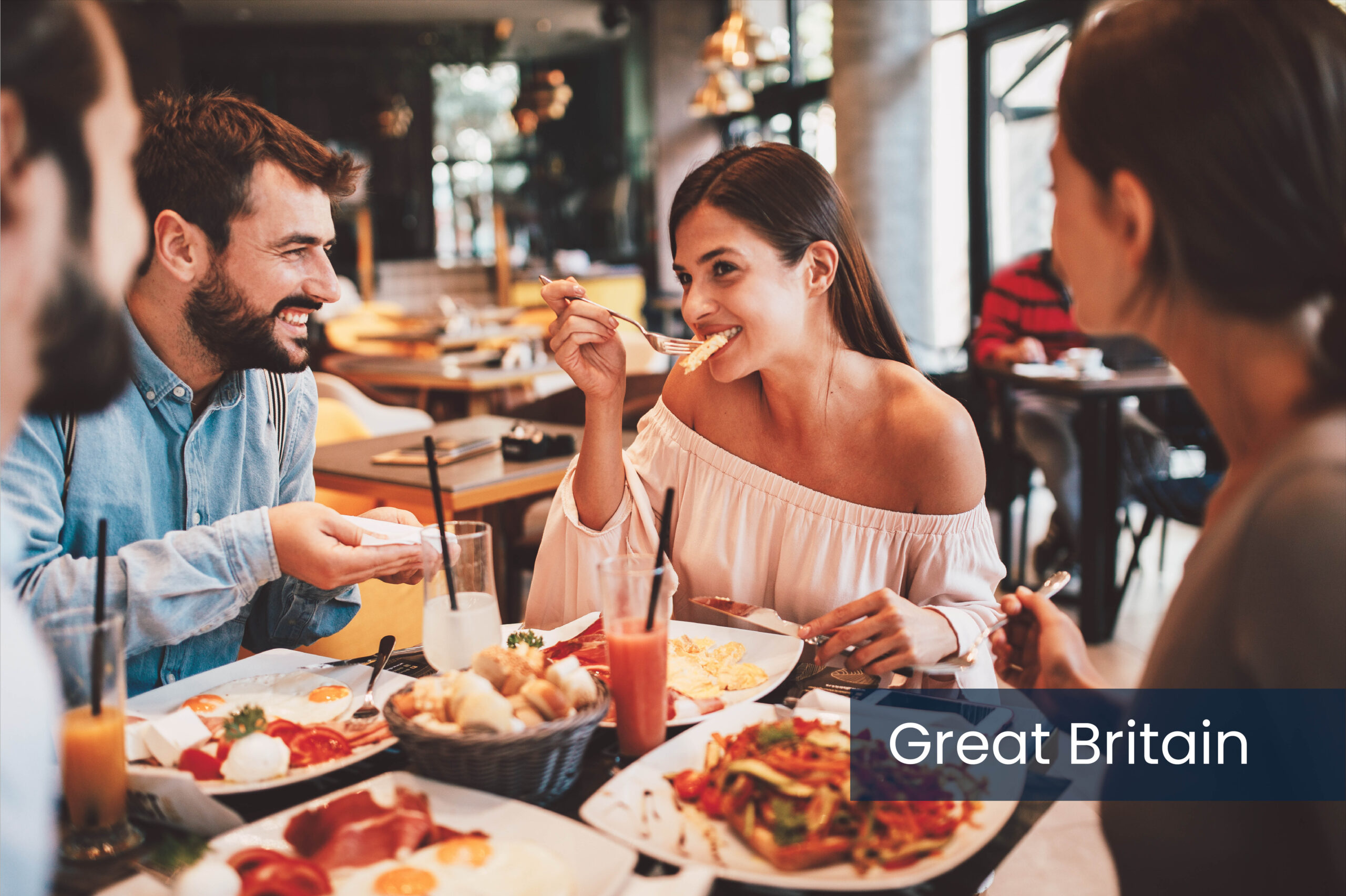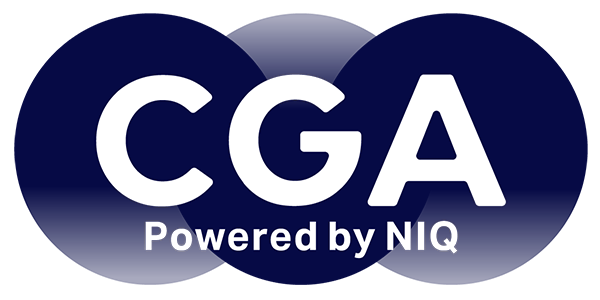Unplanned food purchases make up a substantial chunk of overall food sales in the out-of-home sector. For operators, understanding this spontaneous behaviour is key to encouraging extra spend. By influencing consumers on their paths to purchase, especially when they haven’t intended to eat, it’s possible to open up new revenue streams and elevate experiences.
NIQ’s data shows the size of the prize here. Nearly three quarters (73%) of consumers purchased food during their last On Premise visit, with 61% buying it alongside drinks and 12% choosing food alone. While half (51%) of these purchases were planned, a significant 42% were spontaneous. There’s major potential to satisfy these spur-of-the-moment cravings—especially among frequent consumers, who are more likely than average to buy food on impulse.
The impulsive Gen Z
Gen Z consumers are particularly prone to making snap food decisions. They are 10 percentage points more likely to have ordered food on their last visit, and 48% of their purchases are unplanned. Whether swayed by in-venue advertising or simply caught in the moment, they’re much more likely than older consumers to order in this way—and with the right cues and offerings, operators can seize the opportunities.
The role of pubs, snacks and sharers
Pubs and bars stand out as hotspots for spontaneous food orders. While main dishes are still the most common format (39%), smaller portions like snacks, sharers and small bites make up a notable 28% of this type of order. Consumers are happy to skip full meals in favour of something lighter or easier to share, and younger consumers and those visiting weekly are 6 and 5 percentage points more likely to do so. These options appeal to consumers for their flexibility and lower price points and satisfy the desire to eat without overcommitting.
Value is vital
Gen Z are particularly driven by value. Cheap options are their number one factor when choosing what to eat, and lower-priced smaller portions can cater well to their snacking. But large portions are close behind as a driver of choice, which means venues that provide the biggest bang for Gen Z’s buck can optimise perceptions of value for money. A quarter (24%) of Gen Z say that receiving a large quantity makes them feel like they’re getting more value for money—5 percentage points more than average—so sharers and small plates still need to be substantial and generous.
The power of recommendations
Staff recommendations can also help to encourage spontaneous purchases. Nearly a fifth (18%) of Gen Z are say they are influenced by these, which is 6 percentage points above the average. This presents a chance for staff to upsell and demonstrate their expertise.
Against a backdrop of rising costs, unplanned food purchases are a great opportunity for venues to generate more sales and satisfy guests. It’s not easy to unlock spending at the moment, but by understanding guest profiles and delivering the right menu options and price points, more customers can be encouraged to change their plans and say yes to food.
NIQ’s powerful combination of consumer research and sales measurement solutions deliver expert insights into trends and opportunities in food spending. Segmentation also provides deep understanding of Gen Z’s unique requirements. To learn more about ways to capture spontaneous spending, contact the team.



